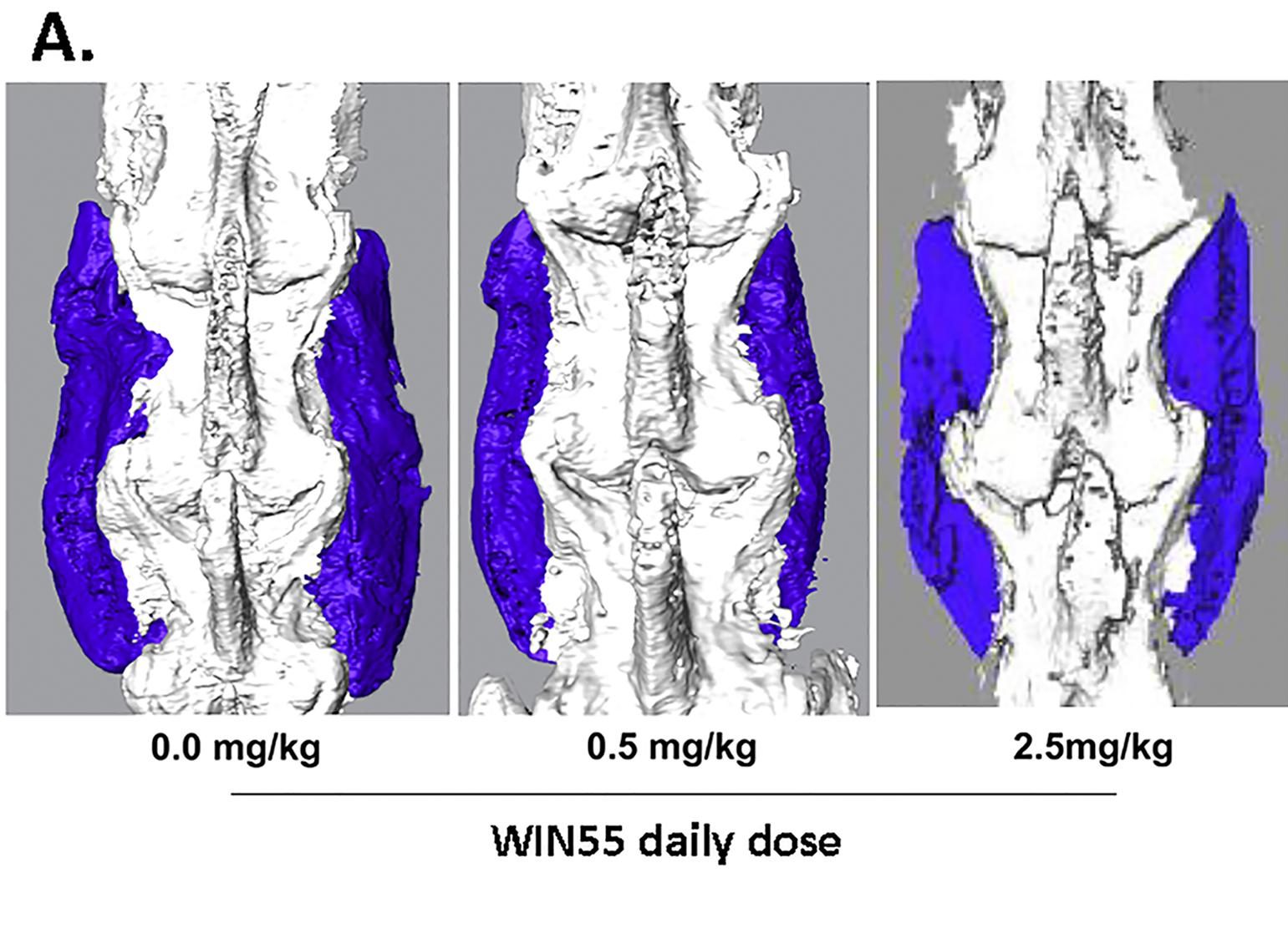The dangers of chronic opioid use have rightly been at the forefront of orthopaedic practice considerations in recent years. The widespread use of regional anesthesia and periarticular-injection cocktails, targeted NSAID utilization, and strict limitations on opioid use have become standard approaches for postoperative pain management.
With the availability of cannabinoids in numerous state jurisdictions, attention has now turned to the potential of these compounds to enhance patient comfort in the postoperative period. However, as we contemplate their use, it’s imperative that we also evaluate the impact of these compounds on clinically important outcomes such as bone-healing and fusion. The track record of nicotine, NSAIDs, and other compounds in terms of the impact on bone-healing is enough to suggest caution.
In the June 2, 2021 issue of JBJS, Yun et al. provide new insight into this topic. Specifically, they evaluated the impact of cannabinoid receptor agonist WIN55 on osteogenic differentiation in vitro and bone regeneration and spinal fusion in a preclinical rat model.
They found that WIN55 had no adverse impact on osteogenic differentiation of primary bone marrow stem cells in vitro. As noted by the authors, “mRNA expression levels of Runx2 and Alp were similar among cells treated with vehicle alone and WIN55. Likewise, exposure to WIN55 did not inhibit ALP [Alkaline phosphatase] activity or bone matrix mineralization.”
In addition, no adverse impact of WIN55 on spinal fusion or bone regeneration was found. Forty-five rats (15 per group) underwent L4-L5 posterolateral spinal fusion with bilateral placement of collagen scaffolds soaked with rhBMP-2. The rats were treated with vehicle alone or 0.5 or 2.5 mg/kg WIN55 by way of daily intraperitoneal injections for 5 days. Radiography, manual palpation-based fusion scoring, microCT, and histology were used for assessment. No significant differences among the groups in the mean fusion score, fusion rate, and new bone volume were demonstrated.
These findings are intriguing, and such research helps set the stage for carefully designed in vivo research projects, eventually moving toward randomized controlled trials, before recommending widespread use of cannabinoids for post-surgical pain management.
Marc Swiontkowski, MD
JBJS Editor-in-Chief



